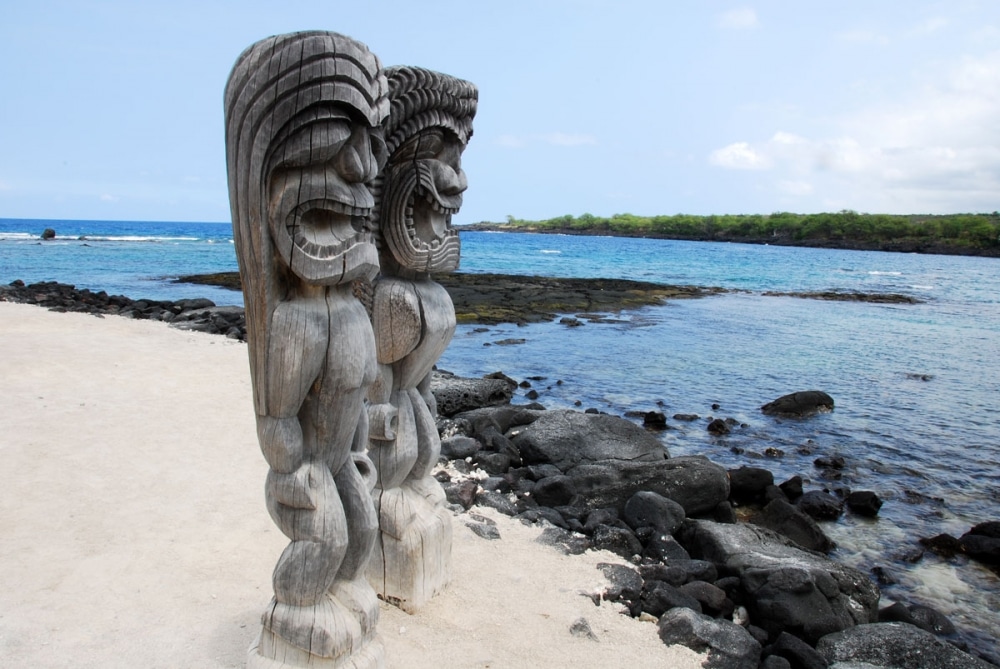On a recent Friday, the morning opened with bright sun and blue sky. Boulder had had its wettest spring in one hundred years, and this had put a crimp in our hiking regimen. Tornadoes had touched down nearby, and we had seen rainbows several times a week. Boulder Creek was running fast and deep, which made the trail alongside it especially enjoyable, but no substitute for a real hike. So when the weather report predicted that the morning’s brilliance would continue all day, we dressed, ate, packed a lunch, and headed up the mountains to Estes Park, about thirty-five miles and 2,000 feet in altitude away from Boulder, to take one of our favorite hikes—Crozier Mountain.
The hike begins in Glen Haven, several miles south and east of Estes Park. Glen Haven used to be called Devil’s Gulch, perhaps, as an anonymous writer said, because of the clouds that boiled up out of it even after they had burned off at higher elevations. In their religious wisdom, however, Presbyterian settlers thought that this name was blasphemous and changed it to the more benign Glen Haven. The road we took to get there—Devil’s Gulch Road—winds down precipitously over hairpin curves, so the early settlers might have thought they were descending into hell. We passed houses new and old and a few decrepit cabins, relics of an earlier tourism.
The hike is about eight miles round trip, with an elevation gain of 1,903 feet, to the summit at 9,225 feet. Except for the last half mile, this is not a steep hike; the terrain is varied enough to make it feel less strenuous than other hikes with similar elevation gain.
The trail head is just above an abandoned riding stable. We walked up a steep and rocky grade for a short distance, but then the trail levels out, more or less, for about a mile. Horses hadn’t been ridden on the path much this year yet, so the ruts and thrown up rocks we usually encounter were absent, making this first section enjoyable. Horses ruin hiking trails, in more ways than one, and often wear deep ravines into the soil. They make hiking unpleasant and ought to be barred from the national parks and forests, except perhaps on a (very) few specially designated trails. Unfortunately, park concessionaires and guest ranches have enough power to defeat any such sensible measures.
As we walked, we were captivated by the clean pine-scented air, the profusion of wild flowers (columbine, wild roses, irises), the summer songs of birds, and the sound of the breeze caressing the leaves of the aspen trees. The aspens are nature’s wind chimes, there cool murmur adding a subtle counterpoint to the staccato of woodpeckers, the whoosh of water over rocks, and the creak of lodgepole pines. Three volunteers rangers on horses paused to warn us of a mother black bear and two cubs they had spotted where we were going. After they rode on, I got the bear spray from my backpack. It will (they say) stop a grizzly, so it should keep a brown bear from eating us.
Just before the trail makes a sharp bend and begins to climb again, we arrived at a beautiful meadow, part of a large ranch (see photo). Usually the fields are the color of wheat, but this year, because of the rain, they were all shades of green and covered in wild flowers. In the distance we could see a herd of black cattle. They looked like the Black Angus of the old McGregor Ranch in Estes Park In the Fall, cowboys drive the cattle right through town.
We sat and had a snack, the scene so perfect that we could have stayed there forever. I thought that this would be good place to have my ashes thrown into the wind after I die. We watched a bicyclist approach us along a path that runs across the meadow. We told the rider about the bears. He stopped, and we talked for a few minutes. He was a seasonal kitchen worker at the nearby YMCA of the Rockies, the largest Y in the world. He told us that they had served 3,000 diners in one night. We have seen the Y’s kitchens, so large that you can get lost in them.
After the meadow, we hiked steadily up toward the summit, passing through an eerie forest of lodgepole pines. On the left there are openings through which we could see the plains that make up the whole of eastern Colorado. Then we scrambled up that steep and rocky last half-mile. We came onto a flat clearing, at the end of which is a rocky outcropping. Suddenly we were facing the snow-covered Rocky Mountains and the Continental Divide. Usually it is so windy that we have to find a shelter in the rocks to eat lunch, and we are too nervous to climb very far out onto the furthest rocks. But this day it was windless and warm, and we ate on the top of the highest rock, marveling at the tableau of mountains before us. Only a noisy threesome of hikers marred the calm, and they soon left us to our thoughts. We sat eating, talking, and taking pictures and then, perhaps fearing that staying too long would somehow spoil the perfection of the day, we pulled on our backpacks and headed back.
This is also a fine hike to take in the Fall, especially if it is warm and the aspens are turning yellow and red. But be prepared to be overcome by melancholy. As you sit above the meadow, you will sense that ineffable change in the air and light that tells you summer is over and winter is coming. The aspen leaves have a drier, almost premonitory sound. There is an eerie stillness along the path through the lodgepole pines. The bears will be sleeping soon. At the top, the sun isn’t shining quite as brightly as it did that spectacular June afternoon. The mountains stare back at you as if to say, “Poor mortal, you will be dust when I am still rising mightily above the plains.” Yet, even they won’t last forever. As Kurt Weill reminds us: “It’s a long, long while from May to December, But the days grow short when you reach September.” I have reached mine, and someday so too will the mountains and even the earth itself.










I just reread this. Your beautiful descriptives painted a lovely picture in my mind. But you ended on a wistful note. We really are here for such a short time… We need to try to make the most of it. Although sometimes it is difficult…
You’re a good man and a great writer.
Thanks Toni. Yes, on some days it seems we do little but spin our wheels. It really is a pity that work doesn’t have more meaning and that we don’t have more control over it.
Jurriaan, What a nice comment! Thanks so much.